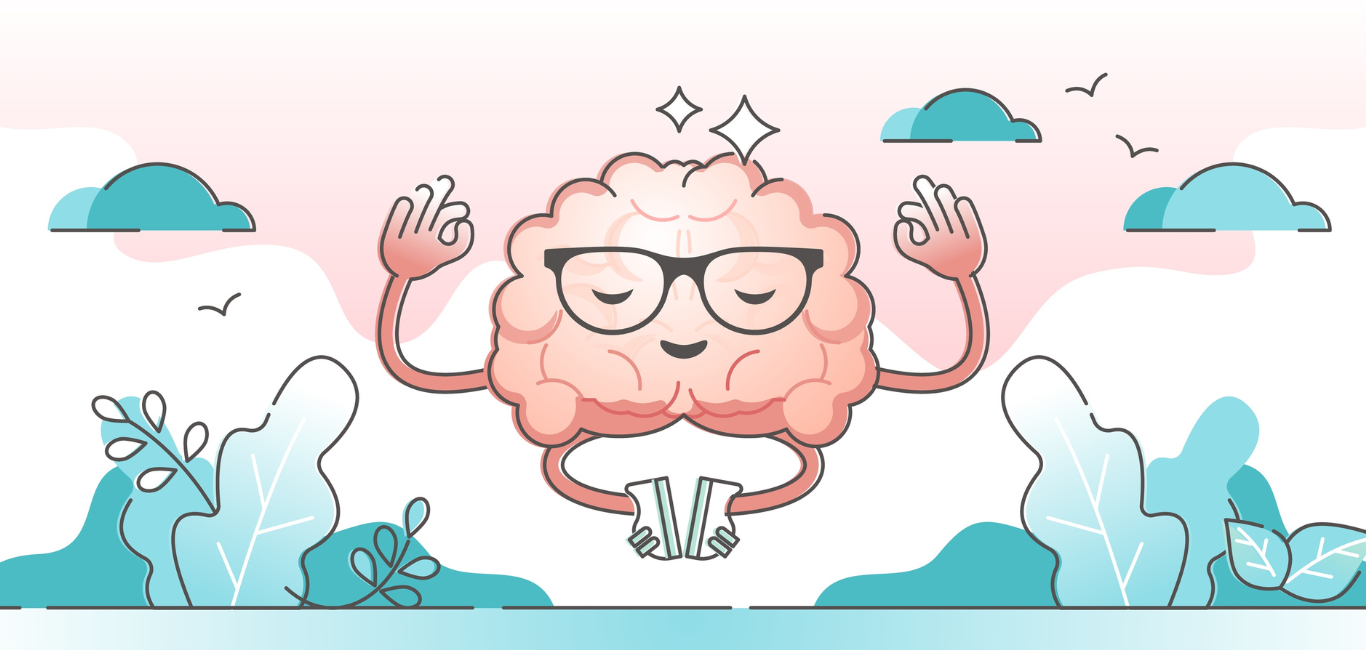
Migraines cause intense, throbbing pain—generally one-sided—of the head, disrupting daily routines and affecting one’s quality of life.
Sreekala Satheesh, a 46-year-old school teacher from Kochi knows exactly how. She has been enduring these excruciating headaches for the past eight years. For her, migraines were not just occasional inconveniences but a relentless struggle.
“I would typically encounter them once a week. Stress acted as a major trigger for my migraines. Despite trying various medications, none provided me long-lasting relief,” recalls Satheesh.
Her story is not unique. Migraines affect more than one billion people worldwide, leaving them desperate for relief and wanting long-term solutions.
Mind over migraine
The recurring migraines were taking a physical and emotional toll on Satheesh. Hoping to find relief, she turned to ayurvedic treatment, especially techniques focused on addressing root causes and providing personalised treatments.
She took some herbal formulations but did not find complete relief. She knew she had to do something more to address her stress that was triggering the headaches.
“While medicines can initially help reduce the intensity and frequency of migraines, they are not the ultimate solution,” says Dr M U Sujan, assistant professor and coordinator, department of yoga, JSS Academy of Higher Education and Research (deemed to be university), Mysuru.
Incorporating yoga into one’s lifestyle can help reduce the long-term side effects of medication, and control symptoms effectively, he adds.
As researchers delve into mind-body-based therapies as add-ons to manage migraines, yoga has emerged as a promising and powerful tool. Satheesh vouches for it after finding an answer to her migraine maladies in yoga.
“Yoga prepares the body for adjusting to the condition that triggers migraines by modulating the autonomic nervous system,” says Dr Sujan.
Navigating migraine
“Migraine is a neurological condition during which people experience intense headaches for a long time,” says Dr Sujan,
Often, nausea, intolerance to light, and vomiting accompany migraines, with the symptoms persisting from hours to days, derailing the daily routine of those afflicted.
“Migraine develops over time. It is not that you get it from childhood,” says Dr Raghavendra Rao, director, Central Council for Research in Yoga & Naturopathy (CCRYN), New Delhi. Encountering a stressful situation for a long time, food intolerance, and inflammatory cytokines in the gut can trigger them, Dr Rao adds.
Turning the tide with yoga
Satheesh says, “Subsequently [after taking medicines], I realised that incorporating yoga and pranayama into my routine was equally necessary to manage my stress levels effectively.”
After practising yoga for three months, she noticed significant improvements in her energy levels and started experiencing migraine-free days.
A 2020 study published in the American Academy of Neurology has shown that medications and yoga as an add-on therapy help to reduce the intensity of headaches significantly. In this study, 160 participants with episodic migraine underwent a prespecified yoga module of meditation, breathing and relaxation exercises, yogic postures, and pranayama (controlled breathing) for one hour daily.
The study revealed that yoga as an add-on therapy for migraines is more effective than only medical therapy.
Researchers observed that yoga calms the body, increases blood circulation, reduces inflammation, and positively influences the brain networks involved in migraine.
What experts say
Dr Rao says yoga calms the mind and suppresses the stress response systems by activating the parasympathetic nervous system (promotes relaxation) and stimulating the vagus nerve. Practising yoga daily helps reduce stress arousal patterns and stress hormones such as cortisol and restore stable autonomic balance.
“Yoga practices bring changes in the autonomic nervous system, that is, reduced sympathetic tone, and aid in managing migraines,” Dr Sumit Salunke, ayurveda and yoga expert, Bengaluru, tells Happiest Health.
Dr Rao says specific pranayama exercises, such as Brahmari pranayama or hummingbird pranayama, can stimulate the vagus nerve. He adds that this stimulation leads to a relaxation response by inducing parasympathetic activity.
Studies indicate that practising yoga increases nitric oxide levels in the blood. Nitric oxide acts as a vasodilator, dilating blood vessels and preventing inflammation. Dr Rao explains that the endothelial cells lining the blood vessels produce nitric oxide. Practising yoga can improve their function, increasing nitric oxide production and improving blood vessel health.
Tight muscles in the head region can act as a trigger for headaches, says Dr Rao. “Eye strain and working for long hours on a computer, exposure to sunlight, and neck and shoulder strain can trigger headaches.” Yoga’s relaxation and stretching techniques help relax and release the tension in these muscle groups, potentially reducing headache frequency and intensity.
Moreover, yoga positively affects various brain regions, including the temporal and frontal cortex. The frontal cortex contains large C-type fibres, which are inhibitory nerves for pain, says Dr Rao. These fibres help reduce the intensity of headaches.
Engaging in yoga, which incorporates mindfulness and physical postures, can activate inhibitory fibres in the frontal cortex, according to him. This activation can provide relief from headaches and reduce their severity.
Researchers observed that yoga calms the body, improves blood circulation, reduces congestion and inflammation, and positively influences the brain networks involved in migraine, Dr Rao adds.
Yoga poses to follow
“Yoga will help to improve environmental tolerance [for the individual] and stress management. Specifically, we suggest sukshma vyayama, surya namaskar, ardhachakrasana, padahastasana, bhujangasana, ushtrasana, nadishudhi pranayama; and yoga nidra for relaxation,” says Dr Salunke. He cautions against doing dynamic practices such as bhastrika and kapalbhati.
In addition, Dr Sujan says, incorporating yoga into a treatment plan alongside medication can be cost-effective for individuals. He suggests four days/ week as the optimal frequency for yoga for the best results.
Note: Consult your doctor or a neurologist before starting a yoga routine if you experience acute migraines. Start the practice under the supervision of qualified yoga teachers.
Read more: Migraine: Triggers, symptoms and treatment
Read more: Natural ways to relieve migraine headaches

















